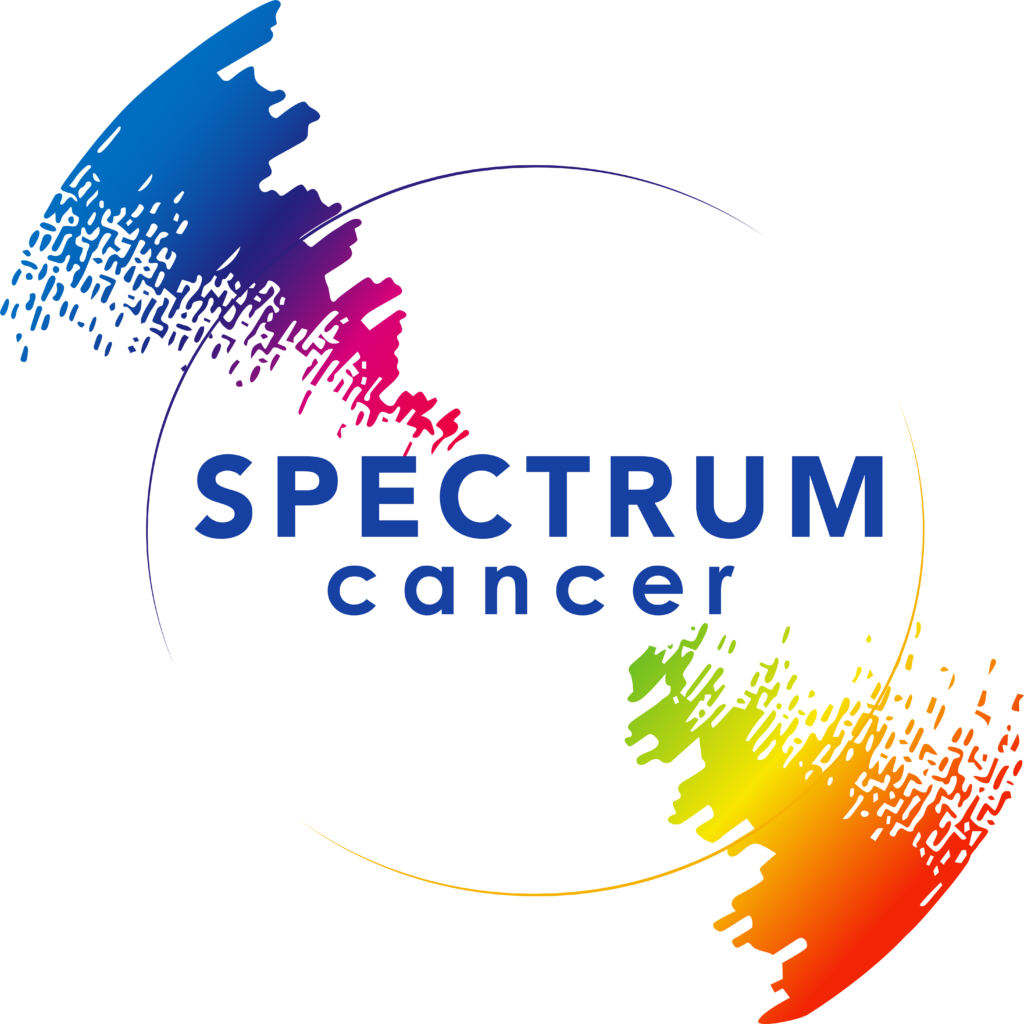Breast Cancer Surgery
Breast Cancer Surgery
Breast Cancer Surgery
Surgery
Lumpectomy (Breast-Conserving Surgery) – Removal of the cancerous tumor and a small margin of surrounding healthy breast tissue. This surgical approach preserves the breast as much as possible while effectively treating the cancer. The surgical procedure is often followed by radiation therapy to the remaining breast tissue to reduce the risk of local recurrence.
Mastectomy – Surgical removal of the entire breast when necessary for larger tumors or when the cancer involves multiple areas of the breast. It may also be recommended for certain genetic mutations, a history of chest radiation, or if the patient prefers a mastectomy. Types of mastectomies include:
- Total (Simple) Mastectomy – removal of the entire breast.
- Modified Radical Mastectomy – removal of the entire breast and some lymph nodes under the arm.
- Radical Mastectomy (rarely performed) – removal of the entire breast, underlying chest muscles, and lymph nodes under the arm.
Contralateral Prophylactic Mastectomy – removal of the healthy breast in addition to the breast affected by cancer. This procedure is performed to reduce the risk of developing cancer in the healthy breast. The decision to undergo Contralateral Prophylactic Mastectomy is complex and depends on various factors, including genetic risk and patient preference.
Oncoplastic Surgery – combines cancer removal with plastic surgery techniques to preserve the appearance of the breast with the goal of minimizing the cosmetic impact of breast cancer surgery, particularly in the case of lumpectomy.
Nipple-Sparing Mastectomy – removal of breast tissue while preserving the nipple and areola with the goal of aesthetic preservation while still achieving cancer removal. This procedure is often done in conjunction with breast reconstruction.
Sentinel Lymph Node Biopsy – removal of one or a few sentinel lymph nodes, which are the first nodes to which cancer is likely to spread. This procedure is performed to determine whether the cancer has spread to the lymph nodes. If the sentinel nodes are free of cancer, it is less likely that cancer has spread more extensively.
Axillary Lymph Node Dissection – removal of a greater number of lymph nodes in the armpit (axilla). This procedure is performed when cancer is found in the sentinel nodes or when there is a higher risk of lymph node involvement.

Ensuring margin following breast cancer surgery
Ensuring clear surgical margins is a critical aspect of breast cancer surgery, particularly for breast-conserving procedures like lumpectomy. The margin refers to the rim of normal tissue surrounding the removed tumor. The goal is to remove the entire cancerous tissue while leaving a sufficient margin of normal tissue to reduce the risk of local recurrence. Close pathological margins (> 2mm) after breast conserving surgery for early stage, invasive breast cancer has been shown to be associated with increased distant recurrence and local recurrence.1
Here are key considerations in ensuring adequate margins following breast cancer surgery:
- Preoperative Imaging and Planning – Comprehensive preoperative imaging, such as mammography and ultrasound, helps surgeons identify the extent and location of the tumor. Proper planning before surgery involves understanding the size, location, and characteristics of the tumor to facilitate effective removal.
Intraoperative Techniques:
- Guidance with Imaging – Intraoperative ultrasound or mammography may be used during surgery to confirm the location and extent of the tumor.
- Frozen Section Analysis – In some cases, a frozen section analysis is performed during surgery to examine the margins immediately. This can guide the surgeon to remove additional tissue if necessary.
Margin Assessment:
- Negative Margins – the goal is to obtain “negative” or “clear” margins, meaning no cancer cells are seen at the edge of the removed tissue.
- Close Margins – if cancer cells are close to the edge (close margins), additional surgery may be recommended to achieve clear margins and reduce the risk of recurrence.
- Resection Volume – Adequate removal of the tumor with a sufficient margin helps reduce the chance of leaving behind cancer cells. The surgeon may need to consider the three-dimensional aspect of the tumor, as well as factors like multifocality (presence of multiple tumor foci) and tumor subtype.
- Postoperative Pathology Review – final pathology reports, obtained after surgery, provide detailed information about the margins and other tumor characteristics. The pathology report guides further treatment decisions, including the need for additional therapies such as radiation or systemic treatments.
Breast reconstruction is a surgical procedure that rebuilds the shape and appearance of the breast after breast cancer surgery, typically after a mastectomy with the goal of restoring body image. The decision to undergo breast reconstruction depends on various factors, including the patient’s preferences, overall health, cancer stage, and treatment plan.
According to the NCCN Guidelines for Breast Cancer, all patients undergoing breast cancer treatment should be educated about breast reconstructive options as adapted to their individual clinical situation.2 Breast reconstruction should not interfere with the appropriate surgical management of the cancer or the scope of appropriate surgical treatment for this disease. The process of breast reconstruction should not govern the timing or the scope of appropriate surgical treatment for this disease. The availability of or the practicality of breast reconstruction should not result in the delay or refusal of appropriate surgical intervention.
Key aspects of the role of breast reconstruction following breast cancer surgery include:
- Restoring Body Image and Confidence – breast reconstruction helps restore a woman’s sense of femininity and body image after the physical changes resulting from a mastectomy. Having a reconstructed breast can contribute to improved self-esteem and psychological well-being.
- Preserving Symmetry – breast reconstruction aims to achieve symmetry between the reconstructed breast and the remaining natural breast. The procedure can involve the reconstruction of one breast (unilateral) or both breasts (bilateral) for a more balanced appearance.
Options for reconstruction include:
- Implants – saline or silicone implants are used to recreate the breast mound. This is a quicker and less complex option, often chosen by patients who do not want a more involved surgical procedure.
- Autologous Tissue (Flap Reconstruction) – tissue from the patient’s own body, typically from the abdomen, back, or thighs, is used to reconstruct the breast. This method can provide a more natural feel and appearance.
Timing of reconstruction:
- Immediate Reconstruction – performed at the same time as the mastectomy. Immediate reconstruction can offer psychological benefits as the patient wakes up from surgery with a reconstructed breast.
- Delayed Reconstruction – performed weeks, months, or even years after the mastectomy. This allows time for recovery and consideration of reconstruction options.
Post-Mastectomy Pain Syndrome – breast reconstruction may help reduce the risk of developing post-mastectomy pain syndrome, a condition characterized by chronic pain in the chest wall and armpit area.
Follow-up treatments
Depending on the stage of cancer and other factors, adjuvant chemotherapy and/or radiation therapy may be prescribed to reduce the risk of cancer recurrence.
Current rate associated with breast cancer surgery
The cure rate for breast cancer after surgery can vary based on several factors, including the stage of the cancer at diagnosis, the type of surgery performed, the characteristics of the tumor, and additional treatments received post-surgery, such as chemotherapy, radiation therapy, hormonal therapy, or targeted therapy.
- Early-Stage Breast Cancer – for early-stage breast cancer (such as stage 0, I, or II), where the cancer is localized to the breast or nearby lymph nodes and has not spread extensively, surgery can often be curative. The five-year survival rates for these stages can be quite high, often above 90% or even higher, especially when combined with other appropriate treatments.
- Advanced Stages – In more advanced stages (stage III or IV), where the cancer has spread to distant organs or lymph nodes further from the breast, surgery might not be curative alone. However, it may still be a part of the treatment plan to remove the primary tumor and reduce the cancer burden, often combined with other treatments like chemotherapy, targeted therapy, or hormone therapy.
- Type of Surgery – The type of surgery performed for breast cancer includes lumpectomy (breast-conserving surgery) or mastectomy (removal of the entire breast). Both surgeries can be curative depending on the stage and characteristics of the cancer. In some cases, additional lymph node removal might be necessary.
Additional treatments following surgery such as adjuvant therapies like chemotherapy, radiation therapy, hormone therapy, or targeted therapy can lower the risk of cancer recurrence and improve long-term outcomes.

References
- Bundred JR, Michael S, Stuart B, et al. Margin status and survival outcomes after breast cancer conservation surgery: prospectively registered systematic review and meta-analysis. BMJ. 2022 Sep 21;378:e070346. doi: 10.1136/bmj-2022-070346.
- National Comprehensive Cancer Network®. NCCN Clinical Practice Guidelines in Oncology (NCCN Guidelines®). Breast Cancer. Version 5.2023 — December 5, 2023








